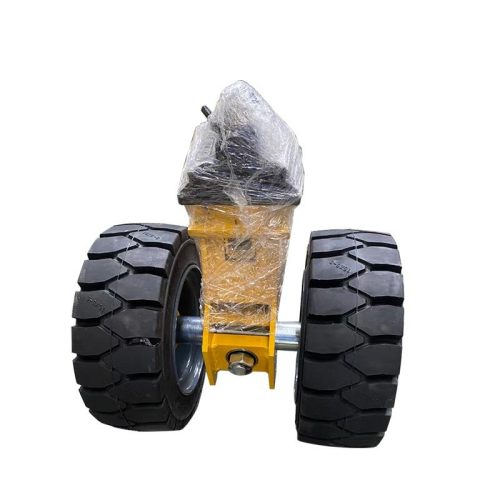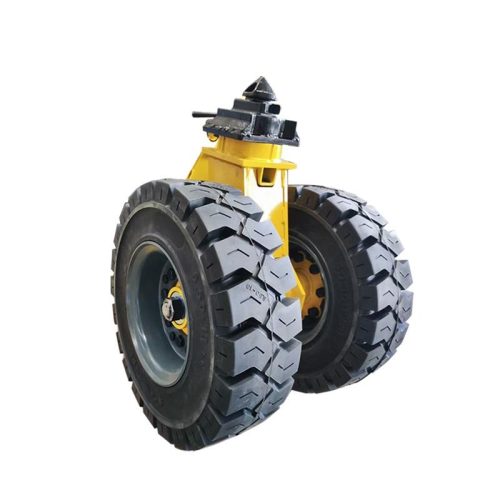Heavy-duty casters are an integral part of industrial and commercial operations, making it possible to move heavy loads with ease. To ensure the longevity and optimal performance of your casters, proper maintenance is essential. In this guide, we’ll walk you through key steps to maintain and extend the lifespan of your heavy-duty casters.
1. Regular Inspection
Frequent inspections are the first line of defense in caster maintenance. Check for signs of wear and tear, such as worn-down wheels, damaged bearings, or loose fasteners. Catching problems early can prevent more significant issues down the line.
2. Lubrication
Proper lubrication is critical for caster performance. Depending on the type of casters you have, ensure that the bearings are adequately lubricated. Greasing or oiling the bearings as recommended by the manufacturer can prevent friction and wear.
3. Cleaning
Dirt, debris, and other contaminants can compromise caster functionality. Regularly clean the wheels and bearings to prevent these substances from causing damage. Use a mild detergent and a brush to remove any built-up grime.
4. Load Management
Exceeding the weight capacity of your casters can lead to premature wear and potential failures. Be aware of the weight limits and avoid overloading your equipment. If your loads fluctuate, consider using casters with a higher load capacity.
5. Floor Conditions
Consider the condition of the floor where your casters operate. Uneven or rough surfaces can accelerate wear. If possible, maintain your floor to provide a smoother path for the casters. For rough terrains, select casters designed for such conditions.
6. Brakes and Locks
If your casters are equipped with brakes, ensure they are functioning correctly. Properly engaging the brakes when needed can prevent unwanted movement and protect both your equipment and employees. Periodically check and adjust the brakes if necessary.
7. Replacement Parts
If you notice significant wear or damage during inspections, don’t hesitate to replace worn-out components. This may include wheels, bearings, or fasteners. Using damaged casters can lead to accidents and costly equipment damage.
8. Training and Awareness
Make sure your team understands the importance of proper caster maintenance. Training employees on the correct usage and care of casters can help prevent accidents and ensure the casters are used appropriately.
9. Store Properly
When not in use, store your heavy-duty casters in a dry, clean area. Avoid exposing them to extreme temperatures or environmental factors that could accelerate wear.
10. Consult the Manufacturer
When in doubt or facing specific challenges with your casters, consult the manufacturer’s guidelines and recommendations for maintenance and care. They can provide valuable insights tailored to your caster model.
By following these maintenance tips, you can significantly extend the lifespan of your heavy-duty casters and keep your operations running smoothly and safely. Proper care not only saves you money by reducing the frequency of replacements but also ensures the reliability and efficiency of your equipment.


